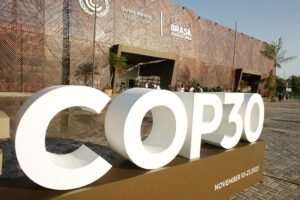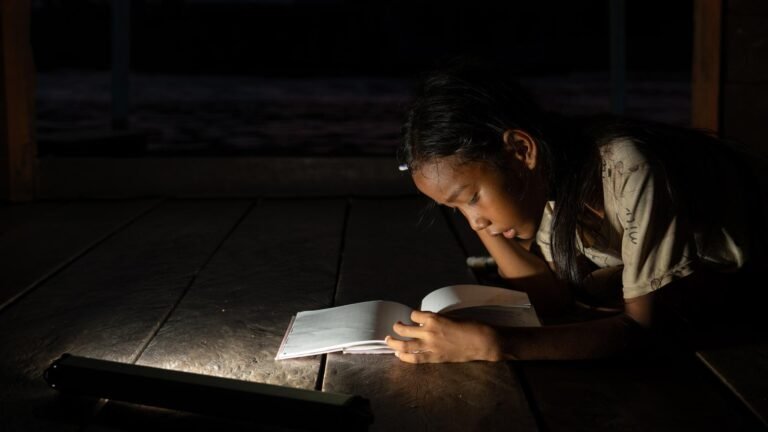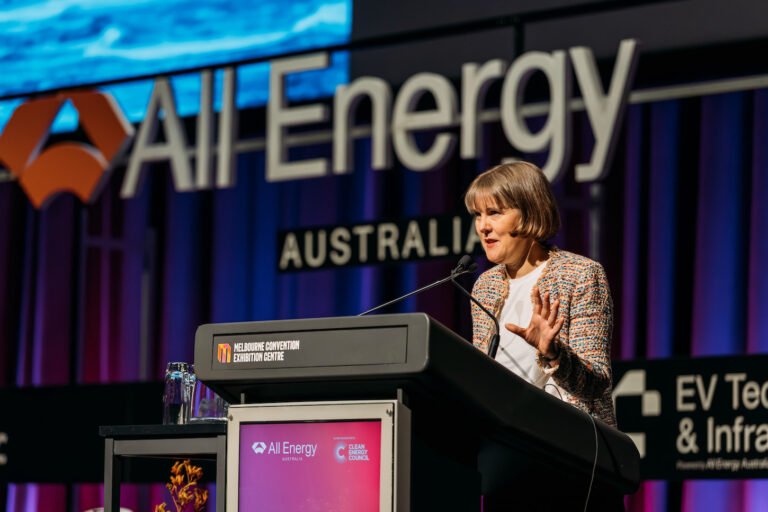The COP31 Australia-Pacific Island partnership is in jeopardy, with the Pacific threatening to leave. Are Australia’s recently announced 3000 Pacific Engagement Visas per year a sufficient sweetner for them to stay?
COP31 is just 17 months away in November 2026. The world’s biggest clean energy trade fair of climate diplomacy and clean energy showcase. Australia’s president of the UN climate talks in 2026, if successful, would be climate minister Chris Bowen. But the lynchpin, as stipulated by Pacific Island partners, is in the retraction of the Woodside Energy extension of the North-West Shelf gas project to 2070, which directly impacts their survival from heated sea water and rising tides as a result from the project’s CO2 emissions.
Woodside estimates up to 7.7 million tonnes of CO₂-equivalent (Mt CO₂-e) annually, totaling approximately 385 million tonnes over the project’s life without mitigation measures.
To put that into perspective:
🔹 1 typical petrol car emits about 4.6 tonnes of CO₂ per year (Based on U.S. EPA data for an average passenger vehicle driving 18,500 km per year.)
385 million tonnes CO₂ ÷ 4.6 tonnes per car = ~83.7 million petrol cars for one year That’s more than 3x the number of all registered vehicles in Australia (approx. 21 million).
Or put another way:
🚗 Equivalent to 83.7 million petrol cars running for one year — or —
🚗 4.6 million petrol cars running continuously for 18 years (until 2070)

Tuvalu’s Minister for Climate Change, Maina Talia.
“If Australia wants to host COP31 with us, it must uphold the trust we placed in it by permanently rejecting this project,” said, Tuvalu’s Minister for Climate Change, Maina Talia.
The Pacific Elders’ Voice (PEV), a group of former political and public service leaders, said the decision shows Australia is not a trustworthy hosting partner.
“PEV strongly believes that given [Australia’s actions], efforts by Australia in securing the support of Pacific Island countries to cohost COP31 seriously compromise the security of our Pacific communities and grossly undermine the spirit of partnership and trust in our Pacific family,” they said.
“This goes beyond politics. It is about the moral clarity to stand with those most affected by climate change” continues Maina Talia.
Australia has offered climate affected Pacific nations a dedicated visa pathway through the Pacific Engagement Visa (subclass 192) of 3,000 permanent residency visas per year under two key streams to include partners and dependent children. The Pacific Engagement stream open to nationals from participating Pacific Island countries and Timor-Leste, and the Treaty stream (Tuvalu only) for Tuvaluan nationals, this stream implements the Australia–Tuvalu Falepili Union treaty, which includes commitments to climate mobility and long-term residency options through a ballot system, and if chosen, they’ll need a job offer in Australia and must meet basic English, health, and character requirements.

COP31 will attract approximately 25,000 participants from heads of state, negotiators, business leaders, scientists, Indigenous representatives, and civil society groups. Australia’s co-hosting bid with Pacific nations, have identified the City of Adelaide South Australia as the COP31 location.
Hosting COP31 is projected to cost approximately $250 million, with SA government allocating $8.3 million from the state budget for early preparations. The economic benefits of hosting COP31 could generate over $500 million for South Australia, providing a substantial boost to tourism, trade, and investment for Australia-wide. Adelaide’s existing infrastructure and accommodation capacity of 30,000 beds positions the city as a strong candidate in the bid.
Several key themes on the agenda are anticipated – confirmed closer to the event – based on ongoing climate discussions and regional priorities.
Critical issues on the agenda are the Loss and Damage Mechanisms of the implementation of funding arrangements for vulnerable nations facing irreversible climate impacts. Stricter Emission Reduction Targets. Expanded Sectoral Coverage: Inclusion of additional sectors such as agriculture, transportation, and waste management in climate action plans. Comprehensive Adaptation Measures: Strategies to enhance resilience against climate impacts, including infrastructure improvements and ecosystem restoration.
Enhanced Nationally Determined Contributions (NDCs) of updated climate action plans that countries submit under the Paris Agreement, aiming to increase ambition in reducing greenhouse gas emissions and adapting to climate change impacts. Countries will be under the magnifying glass to increase commitments aligning with the 1.5°C temperature goal, especially in light of recent scientific findings on climate impacts.
While the United States remains the world’s largest economy in 2025, with a nominal GDP of approximately $30.5 trillion, placing it well ahead of China at around $19.2 trillion – US President Trump upon returning to office in January 2025, signed an executive order to withdraw the U.S. from the Paris Agreement for a second time, with the withdrawal set to take effect in January 2026. Despite federal disengagement, U.S. states, cities, and private sector entities continue to pursue climate initiatives. These subnational actors may participate in COP31 independently. The United States has committed to reducing greenhouse gas emissions by 50-52% below 2005 levels by 2030.
Tools like the Climate Watch NDC Tracker and the UNFCCC NDC Registry provide up-to-date information on countries’ NDC submissions and their progress towards meeting climate targets.climatewatchdata.org














